Home>Gardening & Outdoor>Plant Care & Gardening Tips>What Is The Wildflower That Looks Like A Daisy?
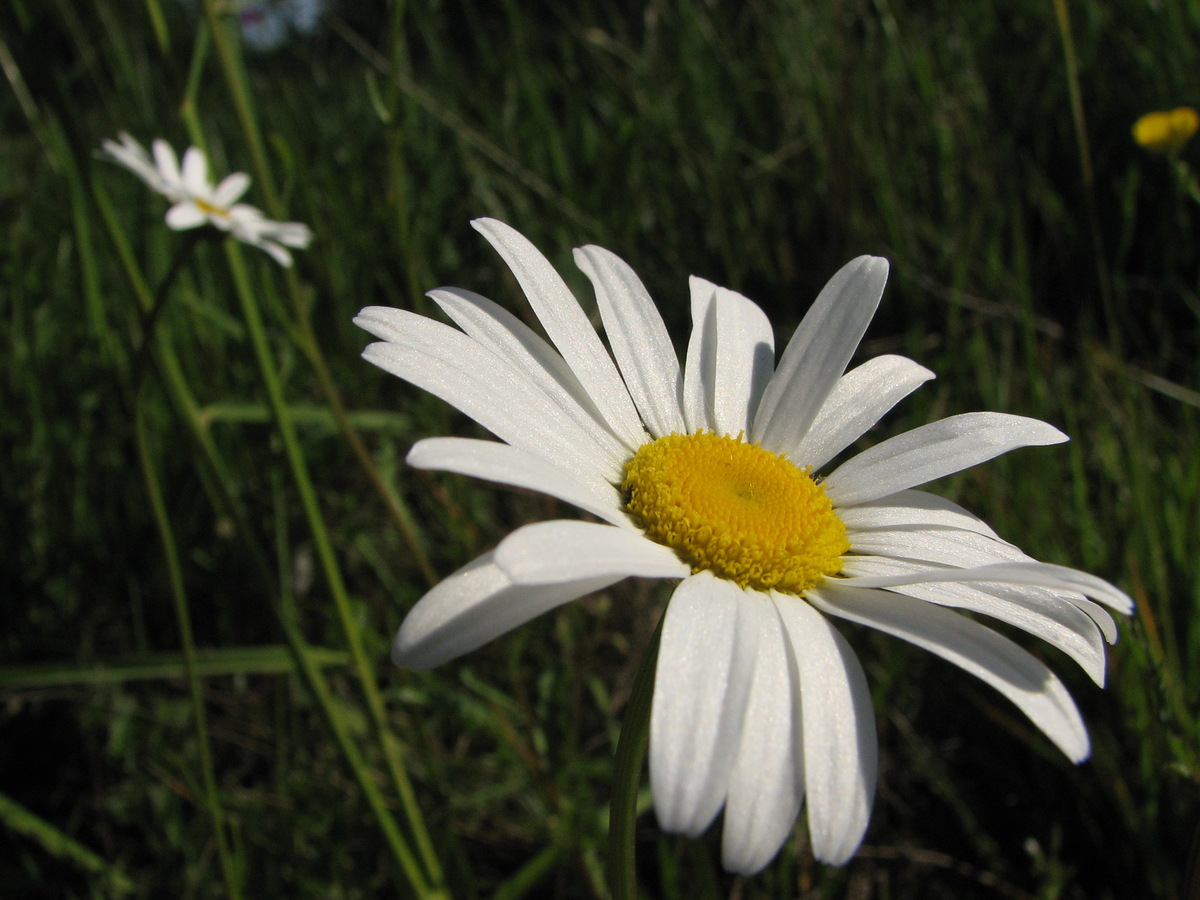

Plant Care & Gardening Tips
What Is The Wildflower That Looks Like A Daisy?
Modified: January 6, 2024
Discover how to care for the wildflower that resembles a daisy and get expert gardening tips for nurturing this beautiful plant. Learn all about plant care and gardening tips for this stunning wildflower.
(Many of the links in this article redirect to a specific reviewed product. Your purchase of these products through affiliate links helps to generate commission for Storables.com, at no extra cost. Learn more)
Introduction
Welcome to the enchanting world of wildflowers! Among the myriad of captivating blooms that grace our landscapes, one particular wildflower stands out for its striking resemblance to the beloved daisy. This charming wildflower, known for its daisy-like appearance, is a delightful sight to behold in natural meadows, gardens, and open fields. In this article, we will delve into the captivating characteristics, common names, habitat, and care tips for this daisy look-alike. Whether you’re an avid gardener, a nature enthusiast, or simply curious about the natural world, join us on a journey to discover the wildflower that bears a remarkable resemblance to the classic daisy.
Key Takeaways:
- Discover the charming wildflower that looks like a daisy, with delicate petals and graceful foliage, attracting butterflies and bees while thriving in various environments.
- Cultivate the daisy-like wildflower with optimal care, enjoying its timeless beauty, attracting pollinators, and contributing to soil stabilization and natural medicine.
Read more: What Do Gerbera Daisy Seeds Look Like
Characteristics of the Wildflower
The wildflower that resembles a daisy boasts a plethora of captivating characteristics that make it a beloved addition to natural landscapes. Its distinctive features include delicate, white, or yellow petals radiating from a vibrant center, creating a striking resemblance to the iconic daisy. The flower’s bloom can measure anywhere from one to three inches in diameter, adding a touch of whimsy and elegance to its surroundings.
Furthermore, the plant’s foliage is often characterized by slender, elongated leaves that contribute to its overall graceful appearance. The daisy-like wildflower typically grows on slender stems, allowing the blooms to sway gently in the breeze, evoking a sense of natural beauty and tranquility.
One of the most enchanting aspects of this wildflower is its ability to attract various pollinators, such as butterflies and bees, with its nectar-rich blooms. This not only adds to the visual allure of the plant but also contributes to the ecological balance and biodiversity of its habitat.
Additionally, the wildflower’s resilience and adaptability make it a versatile and enduring presence in both cultivated gardens and untamed landscapes. Its ability to thrive in diverse environmental conditions further enhances its appeal, making it a cherished favorite among gardeners and nature enthusiasts alike.
Common Names and Variations
The wildflower that bears a striking resemblance to the classic daisy is known by a variety of common names that reflect its endearing charm and widespread popularity. Among these names, the “oxeye daisy” and “moon daisy” are commonly used to describe this captivating bloom. The term “oxeye” alludes to the flower’s appearance, which resembles the eye of an ox, while “moon daisy” evokes the image of its radiant, moon-like blooms.
Furthermore, this delightful wildflower is often referred to as the “Marguerite” or “white daisy,” emphasizing its association with the timeless appeal of the traditional daisy. These names not only capture the essence of the wildflower’s visual similarity to the daisy but also underscore its enduring status as a beloved floral emblem.
It’s important to note that while the wildflower shares many characteristics with the classic daisy, it also boasts intriguing variations that contribute to its diverse and captivating nature. These variations include subtle differences in petal color, ranging from pure white to soft shades of yellow, and variations in plant size and growth habits. Additionally, regional distinctions have given rise to unique names for specific varieties of this wildflower, adding to its rich tapestry of nomenclature and botanical diversity.
Whether referred to as the oxeye daisy, moon daisy, Marguerite, or by another endearing name, this wildflower’s array of common names and charming variations reflects its widespread appeal and timeless allure in gardens and natural landscapes around the world.
Habitat and Distribution
The wildflower that closely resembles the classic daisy is renowned for its adaptability and can be found gracing a diverse array of habitats across the globe. From sun-drenched meadows and open fields to roadside verges and woodland clearings, this resilient bloom thrives in both cultivated and natural environments.
Native to Europe and Asia, this captivating wildflower has ventured beyond its original territories and established a presence in various regions worldwide. Its naturalized distribution encompasses North America, where it has become a cherished addition to gardens, prairies, and wildflower meadows, adding a touch of timeless elegance to the landscape.
The wildflower’s preference for open, sunny locations with well-drained soil contributes to its widespread distribution, allowing it to flourish in a multitude of settings. Its ability to thrive in both urban and rural areas further underscores its versatility and tenacity, making it a familiar sight in parks, gardens, and untamed spaces.
Furthermore, the wildflower’s resilience in the face of varying climatic conditions has enabled it to naturalize in regions with temperate and subtropical climates, enriching diverse ecosystems with its charming blooms and providing essential nectar sources for local pollinators.
Whether adorning the meadows of Europe, gracing the woodlands of Asia, or brightening the landscapes of North America, the wildflower that mirrors the beloved daisy has carved out a global presence, captivating hearts with its timeless beauty and enduring appeal.
The wildflower that looks like a daisy is called the oxeye daisy. It has white petals and a yellow center, and can be found in fields and meadows.
Growing and Caring for the Wildflower
Cultivating and caring for the wildflower that resembles a daisy is a delightful endeavor that rewards gardeners with an abundance of charming blooms and a touch of natural elegance. Whether you’re a seasoned gardener or a novice enthusiast, the following tips will guide you in successfully nurturing this captivating wildflower:
- Optimal Growing Conditions: Plant the wildflower in well-drained soil and a sunny location to encourage healthy growth and prolific blooming. Ensure adequate air circulation around the plants to prevent moisture-related issues.
- Watering: While the wildflower exhibits resilience to drought conditions, regular watering during dry spells is beneficial, particularly for newly established plants. Avoid overwatering, as the wildflower thrives in moderately dry soil.
- Pruning and Deadheading: Remove spent blooms to prolong the flowering period and encourage continuous blooming. Pruning the plants in late spring can help maintain a tidy appearance and promote vigorous growth.
- Dividing and Propagation: Periodically divide mature clumps of the wildflower to prevent overcrowding and rejuvenate the plants. Propagation through division is best carried out in early spring or fall.
- Pest and Disease Management: Monitor the plants for common pests such as aphids and caterpillars, and address any infestations promptly. The wildflower is generally resistant to diseases, making it a low-maintenance addition to the garden.
By following these simple guidelines, you can cultivate a thriving display of daisy-like wildflowers that will enchant both you and the visitors to your garden. Embracing the care and cultivation of this captivating wildflower will not only enhance your outdoor space but also contribute to the preservation of its timeless beauty for generations to come.
Uses and Benefits
Beyond its aesthetic appeal, the wildflower that shares a resemblance with the classic daisy offers a host of practical uses and ecological benefits, enriching both natural landscapes and human experiences in various ways:
- Garden Ornament: The charming blooms of the wildflower make it a delightful addition to gardens, meadows, and naturalistic landscapes, adding a touch of whimsy and timeless elegance to outdoor spaces.
- Wildlife Attraction: The nectar-rich blooms of the wildflower attract an array of pollinators, including butterflies and bees, contributing to the ecological balance and biodiversity of its habitat.
- Medicinal Properties: Certain varieties of the wildflower are known for their medicinal properties and have been traditionally used in herbal remedies for various ailments, showcasing the plant’s historical significance in natural medicine.
- Cut Flower Arrangements: The long-lasting blooms of the wildflower make it a popular choice for cut flower arrangements, bringing a touch of natural beauty and charm to indoor spaces.
- Soil Stabilization: The wildflower’s extensive root system aids in soil stabilization, making it a valuable asset in erosion control and land conservation efforts.
Furthermore, the wildflower’s adaptability and resilience make it an ideal candidate for sustainable landscaping and rewilding initiatives, where it can thrive in diverse environmental conditions and contribute to the restoration of natural habitats. Its low-maintenance nature and ability to naturalize also make it a valuable asset in ecological restoration projects, enriching landscapes with its timeless allure and ecological benefits.
Embracing the multifaceted uses and ecological benefits of the wildflower that mirrors the classic daisy not only enhances our surroundings with natural beauty but also fosters a deeper connection to the wonders of the natural world, enriching our lives and the environments we inhabit.
Conclusion
In conclusion, the wildflower that bears a striking resemblance to the classic daisy captivates admirers with its timeless charm, delightful blooms, and ecological significance. Its enchanting presence in natural landscapes, gardens, and open fields adds a touch of whimsy and elegance, uplifting the spirits of all who encounter its radiant blooms.
From its delicate petals and graceful foliage to its ecological contributions and practical uses, this daisy-like wildflower embodies a harmonious blend of beauty, resilience, and practicality. Its adaptability and enduring appeal make it a beloved addition to diverse environments, enriching ecosystems and human experiences alike.
As we celebrate the enduring allure of this captivating wildflower, let us embrace its multifaceted contributions to our lives and the natural world. Whether adorning a garden, attracting pollinators, or gracing a wild meadow, the wildflower that resembles a daisy serves as a poignant reminder of the inherent beauty and resilience found in nature.
May we continue to cultivate and cherish the timeless beauty of this wildflower, preserving its splendor for future generations to admire and enjoy. Let us nurture and protect the delicate balance of our natural landscapes, ensuring that the daisy-like wildflower continues to inspire and enchant, weaving its timeless magic into the tapestry of our natural world.
As we bid farewell to this exploration of the captivating wildflower that looks like a daisy, may its enduring charm and ecological significance continue to flourish, brightening our surroundings and enriching our lives with its timeless allure.
Frequently Asked Questions about What Is The Wildflower That Looks Like A Daisy?
Was this page helpful?
At Storables.com, we guarantee accurate and reliable information. Our content, validated by Expert Board Contributors, is crafted following stringent Editorial Policies. We're committed to providing you with well-researched, expert-backed insights for all your informational needs.
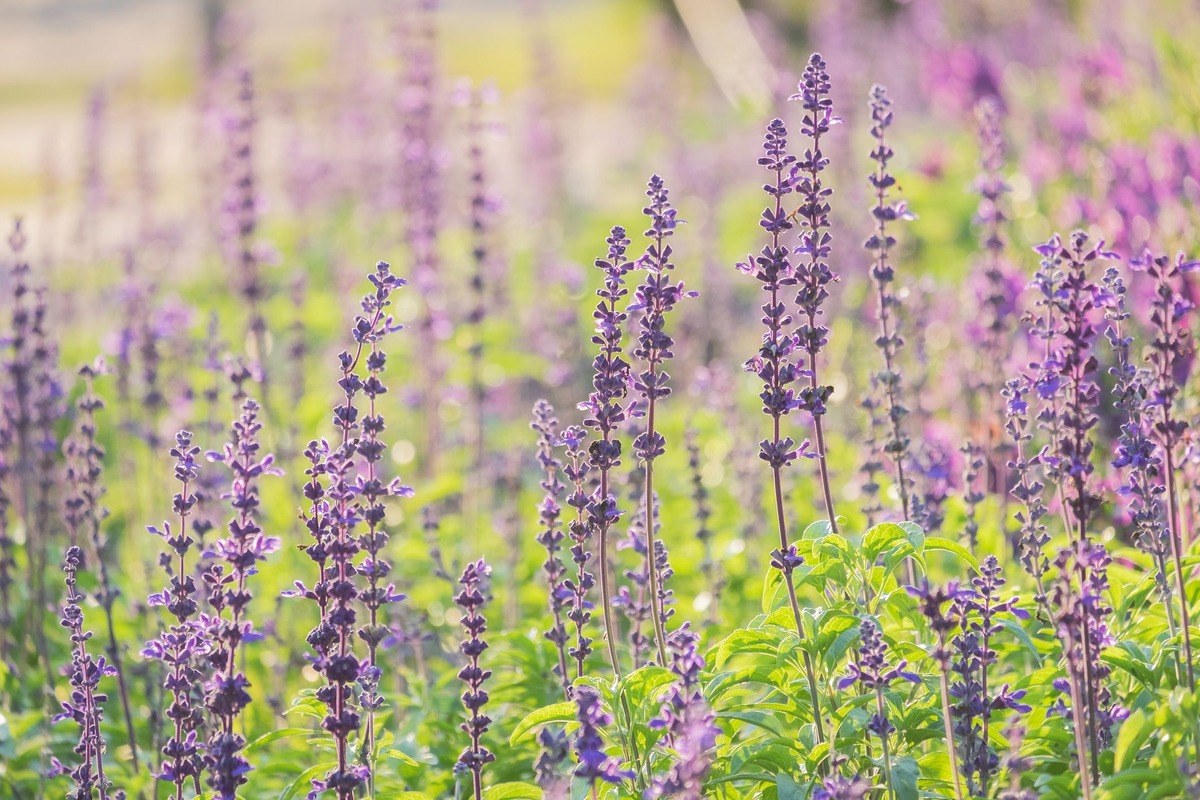
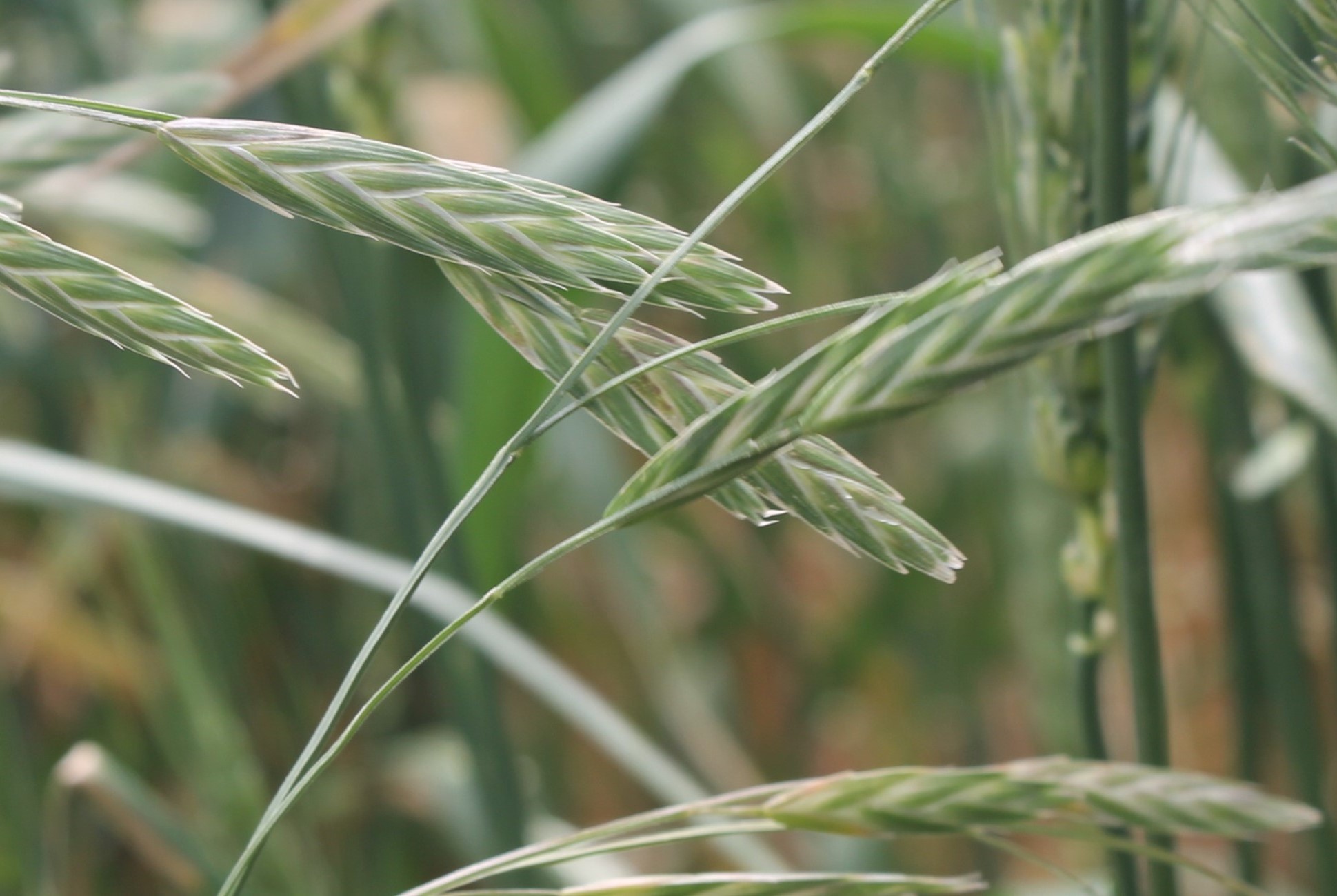

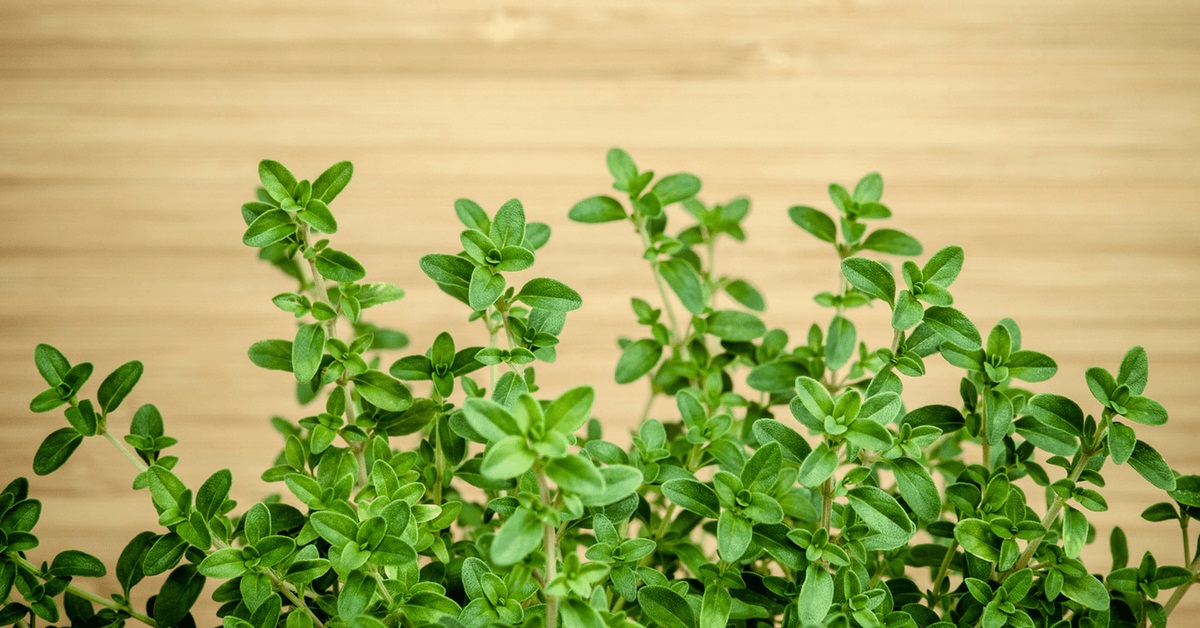
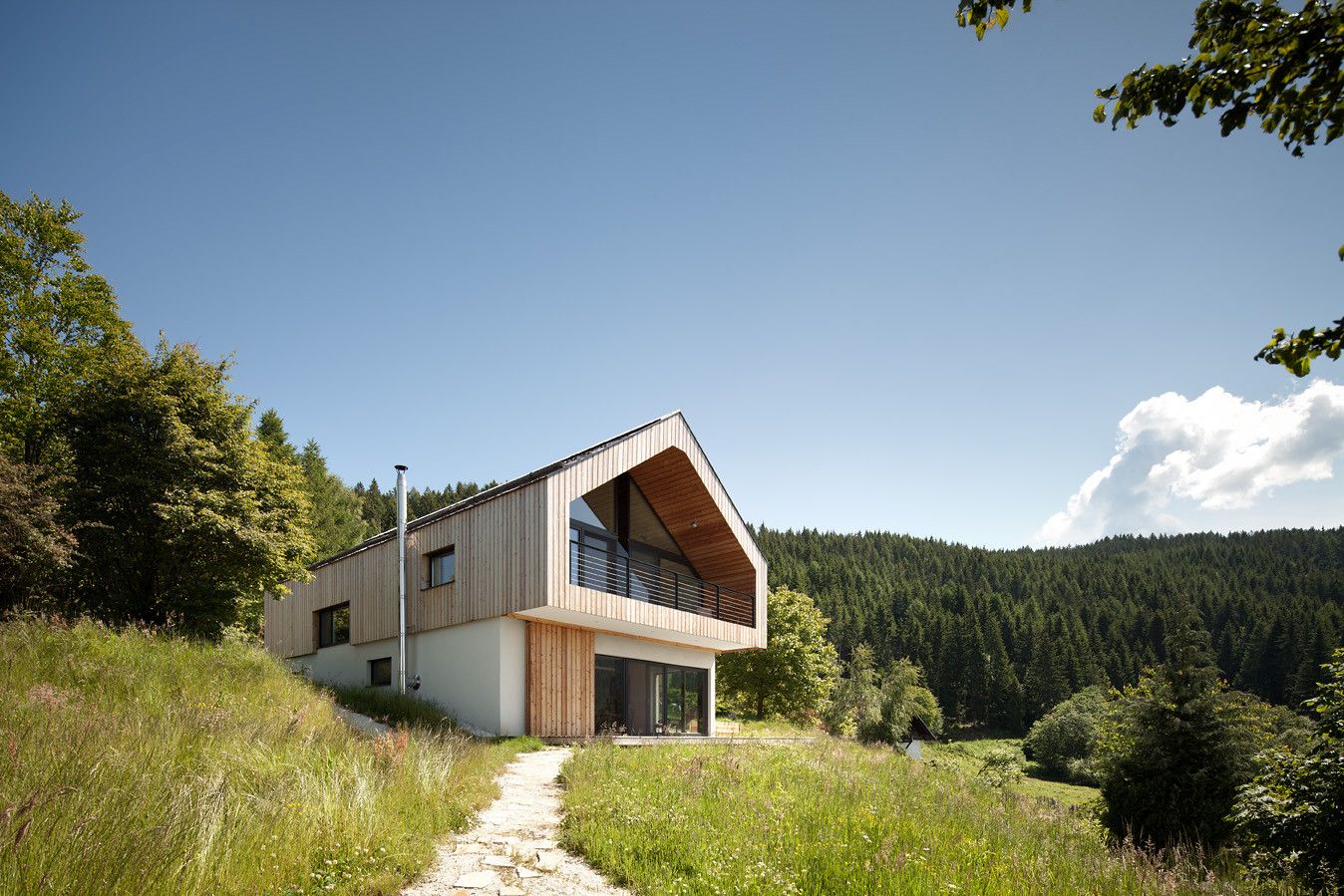
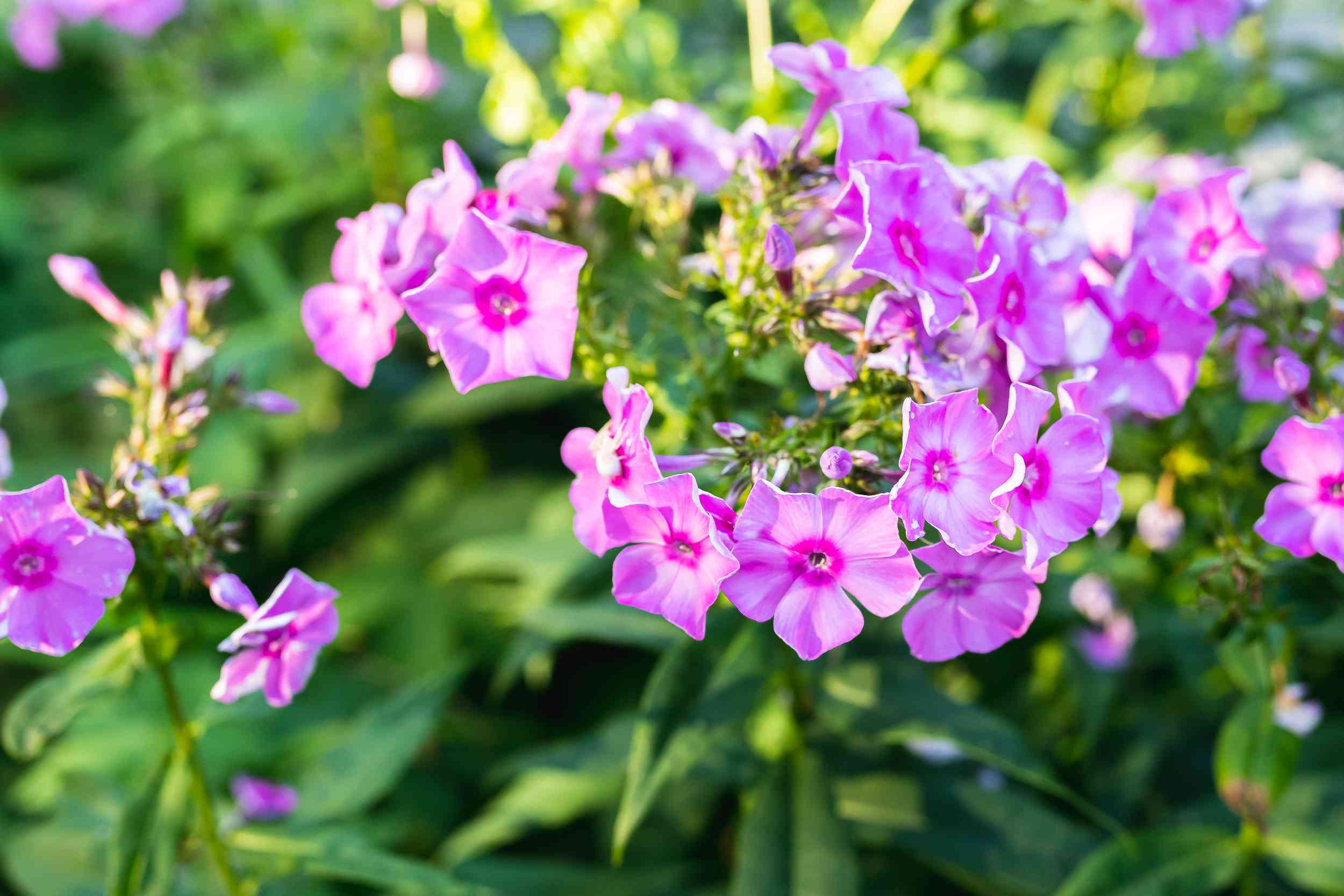
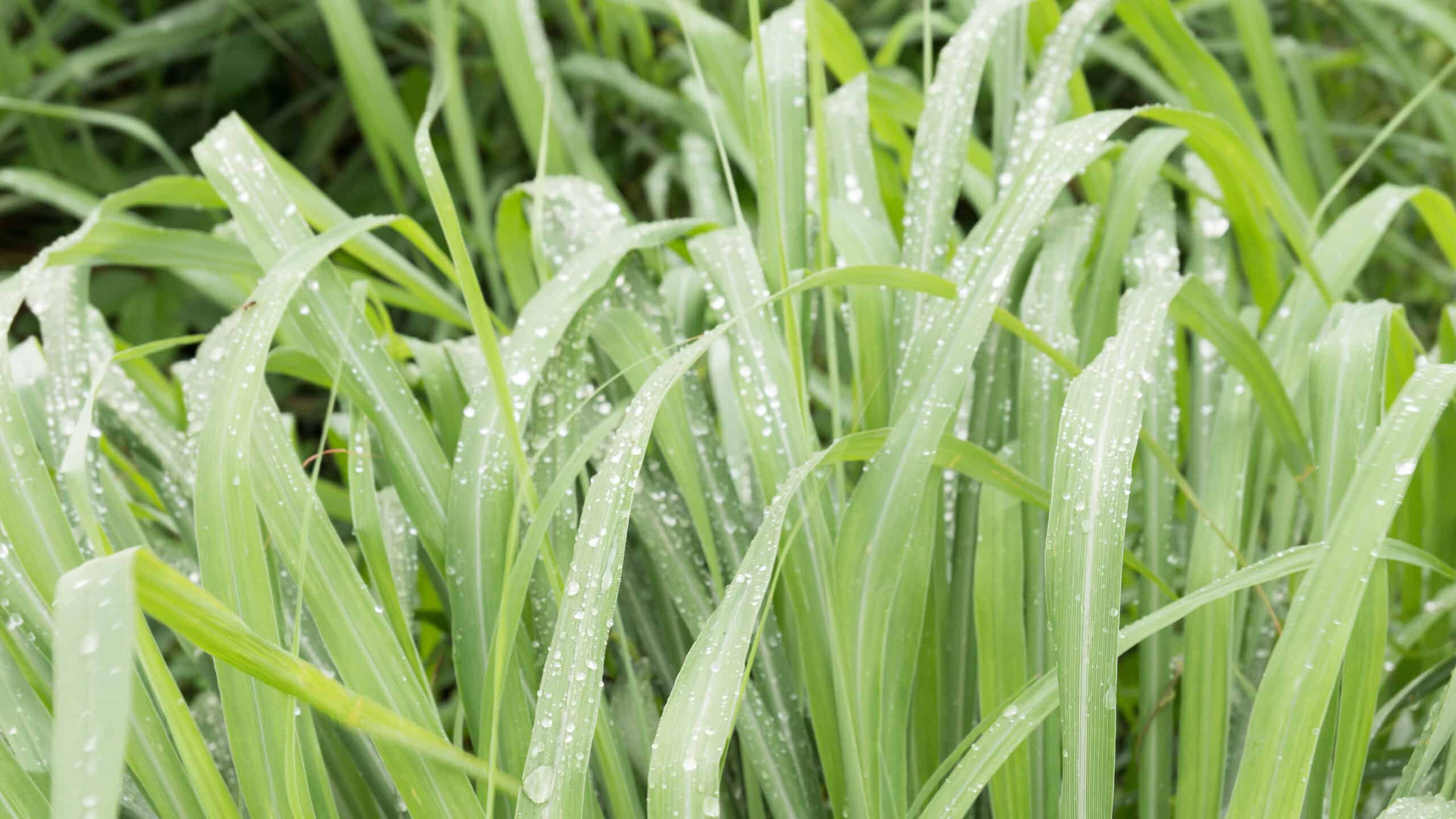

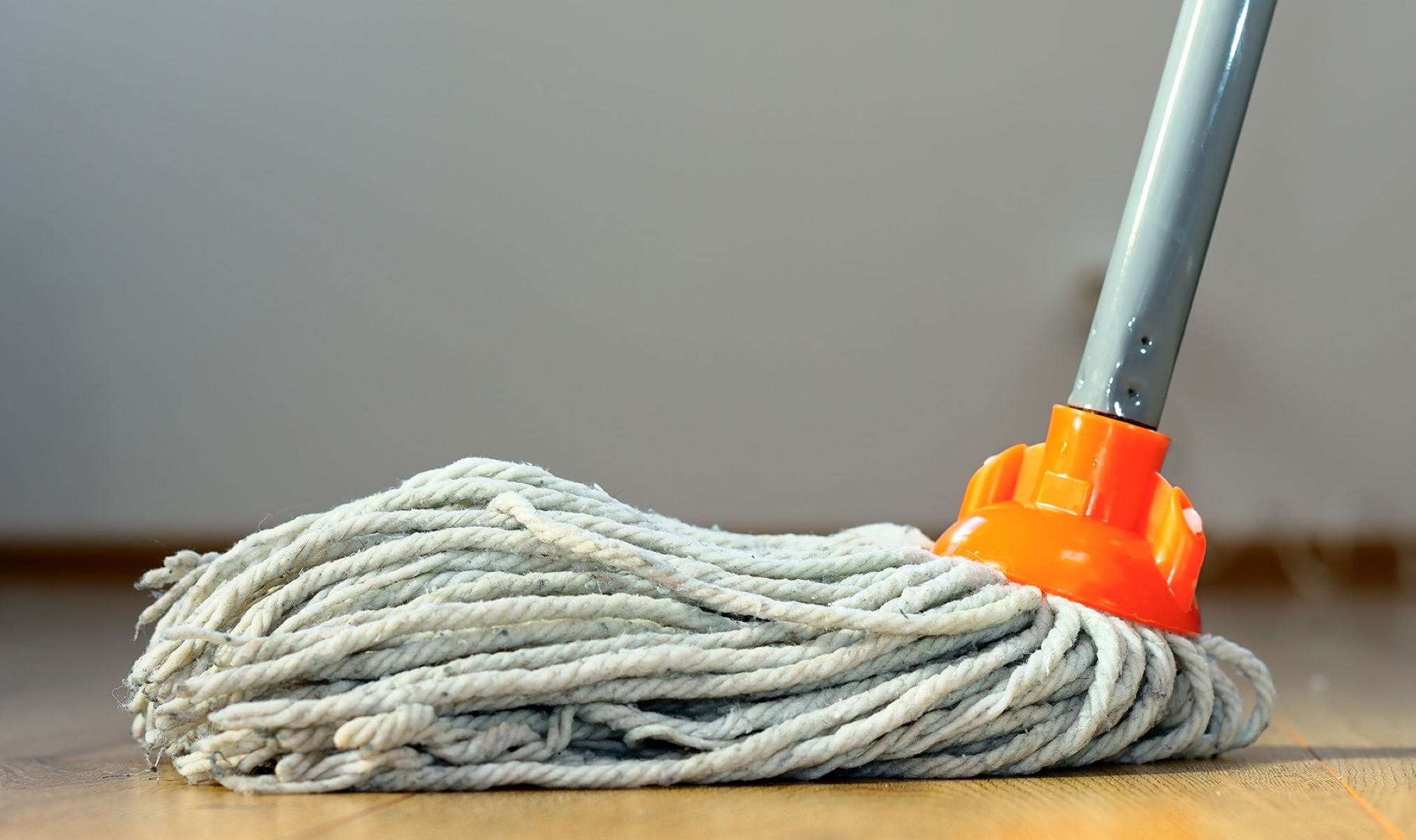


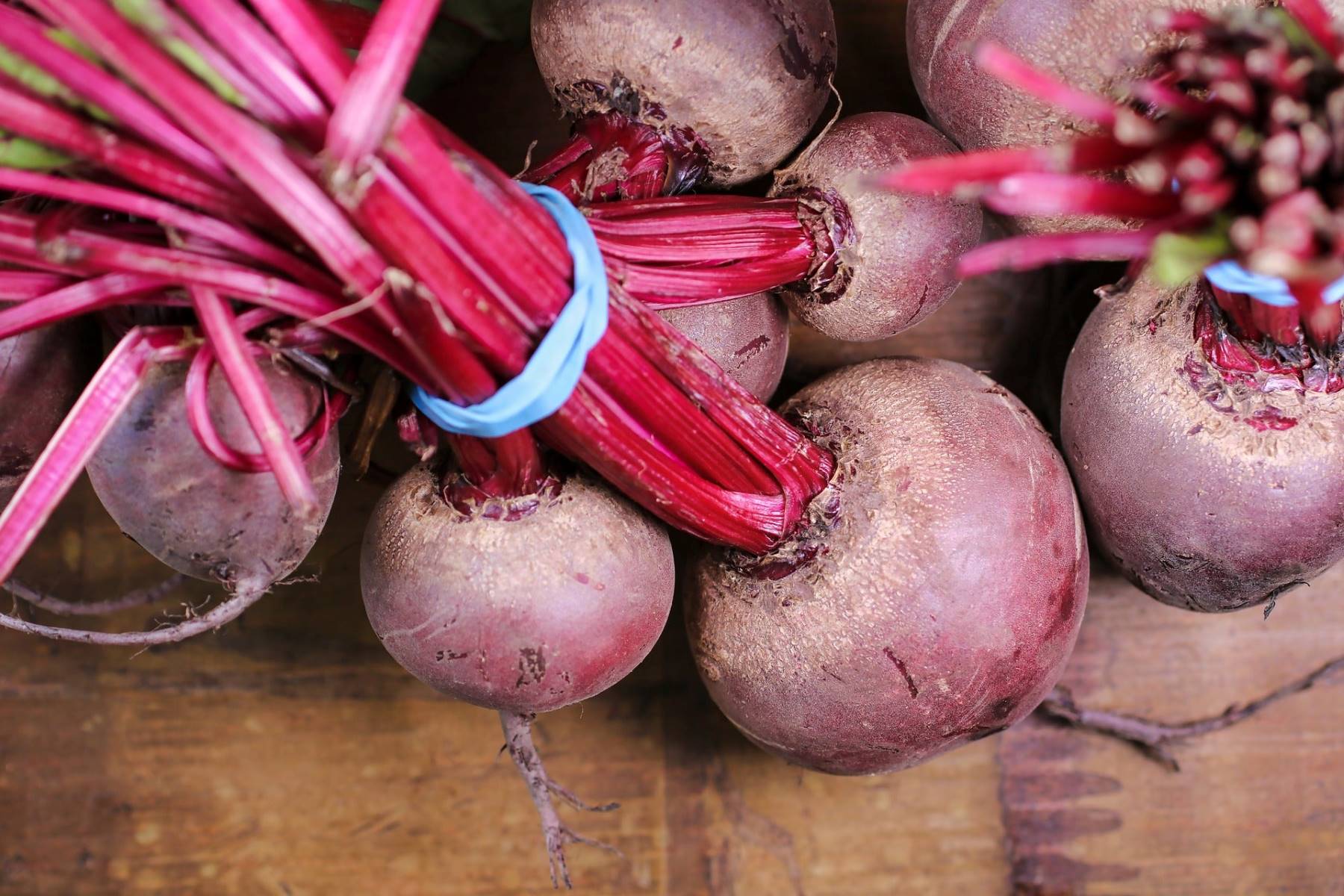
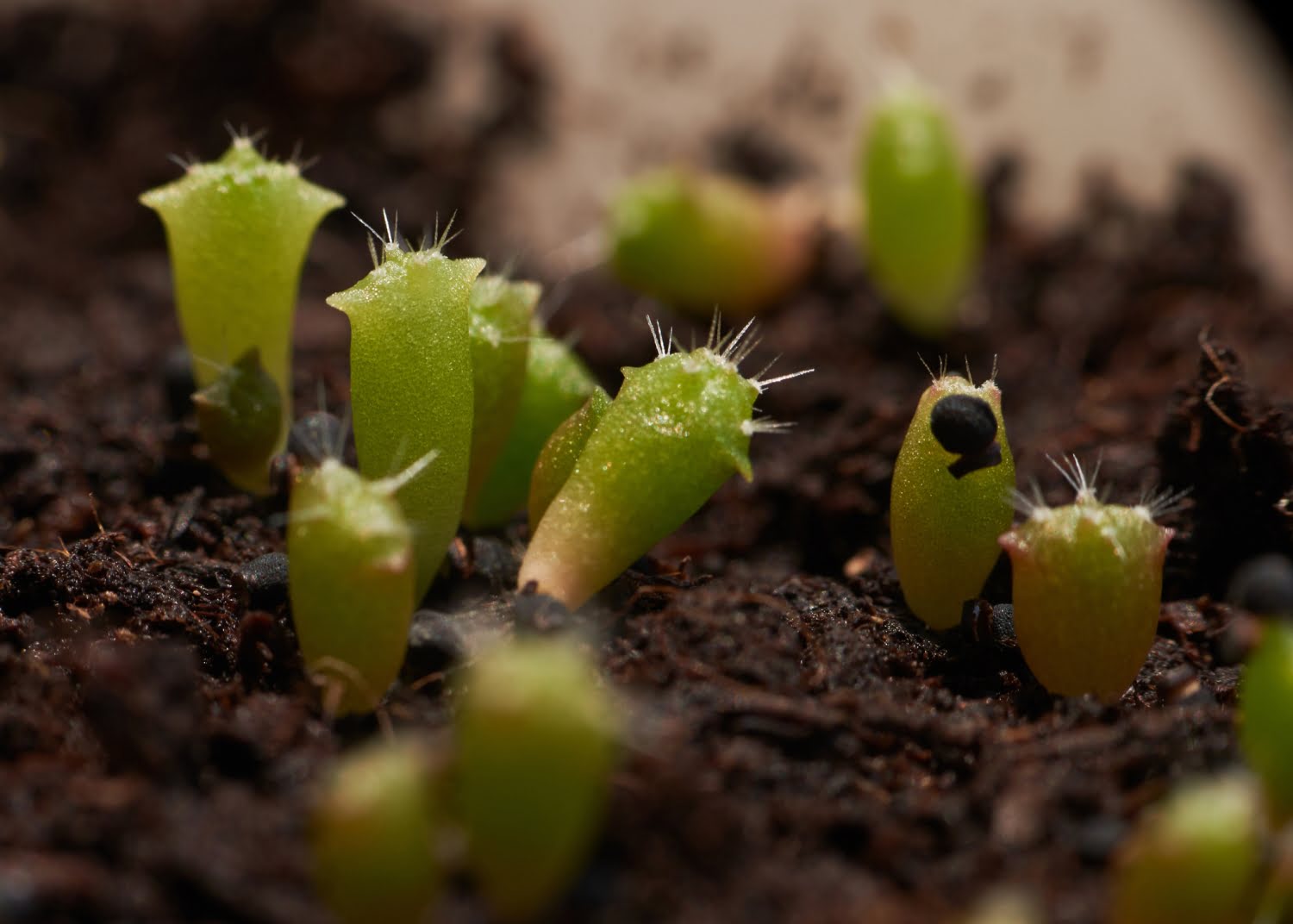
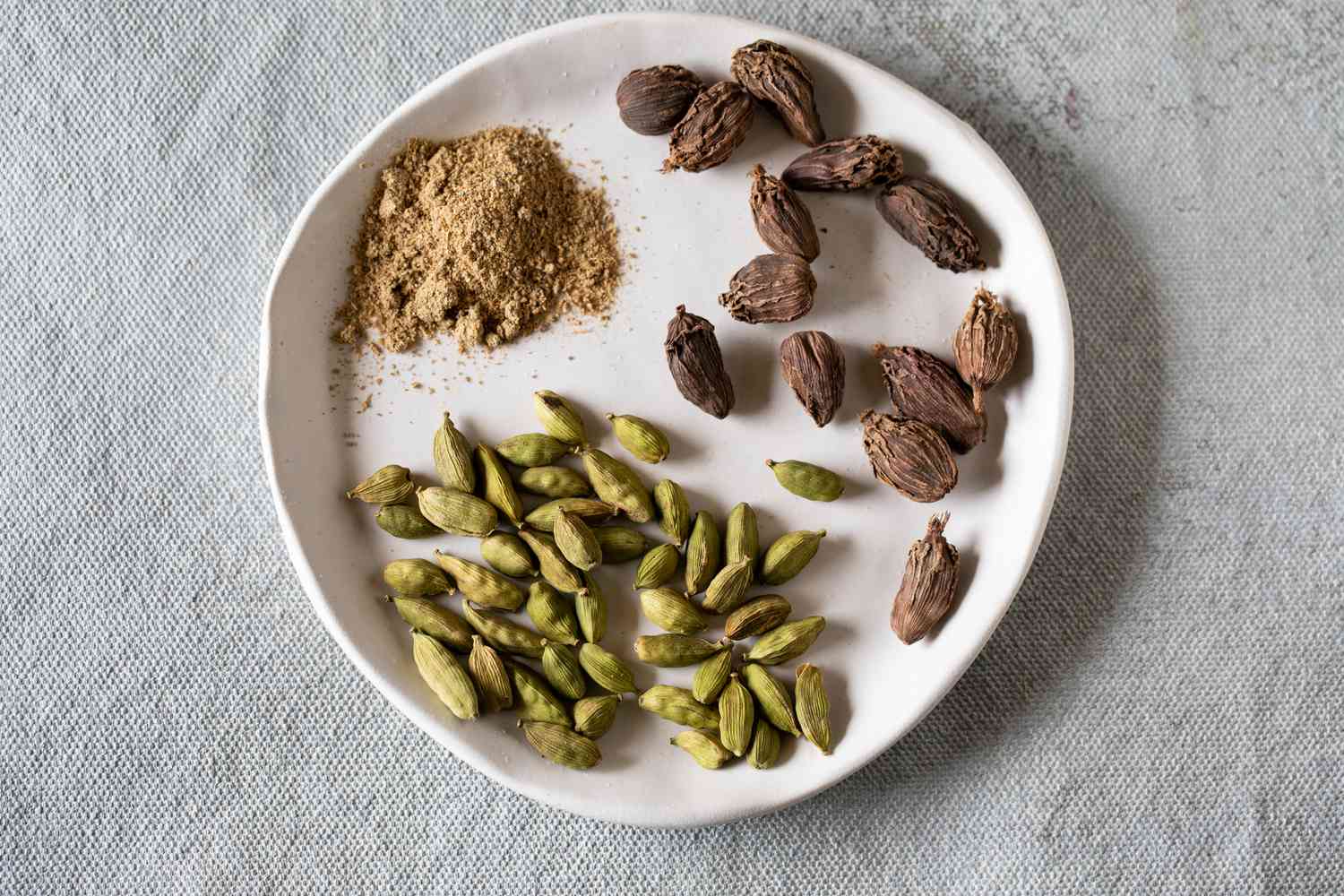

0 thoughts on “What Is The Wildflower That Looks Like A Daisy?”